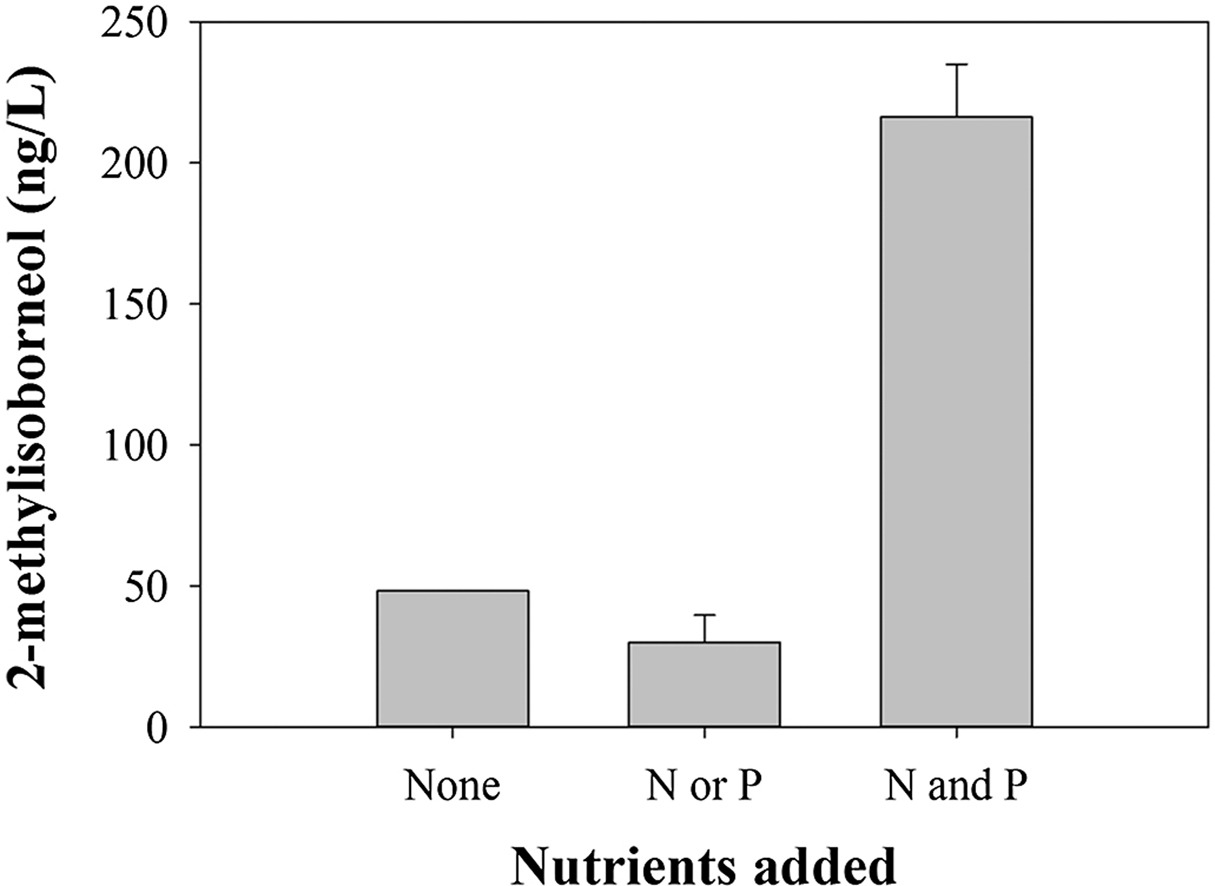Keyword: Taste-and-odor

Olsen, B. K., M. F. Chislock, and A. E. Wilson. 2016. Eutrophication mediates a common off-flavor compound, 2-methylisoborneol, in a drinking water reservoir. Water Research 92:228-234.
Abstract
Off-flavors, such as 2-methylisoborneol (MIB) and geosmin, cause drinking water to have earthy or musty tastes and odors. Humans can detect such compounds at minute concentrations (10 and 30 ng/L for MIB and geosmin, respectively), and, although not a health risk, off-flavors can promote consumer distrust. Removal of these compounds is costly and often unreliable or only suitable under certain conditions. Minimizing off-flavor production at the watershed-scale may be more cost-effective in addition to improving ecosystem health and aesthetics. Cyanobacteria are considered to be the primary drivers of off-flavors in freshwater systems. Due to their ability to produce toxins, cyanobacteria have been under particular scrutiny, and environmental factors promoting cyanobacterial blooms are relatively well-studied. Using this body of literature, we conducted a seven-week, limnocorral experiment where we manipulated nitrogen and nitrogen-to-phosphorus concentrations to influence phytoplankton community structure and off-flavor production. The addition of a single nutrient across broad ranges (nitrogen or phosphorus) had no effect on MIB. However, the addition of both nitrogen and phosphorus promoted high concentrations of MIB relative to treatments that received no nutrients (448% increase) or only nitrogen or phosphorus (722% increase). Interestingly, cyanobacteria waned during the experiment and were replaced by diatoms, which were the dominant taxa by the end of the experiment. Our findings clearly show that eutrophication affects MIB production, but mechanisms leading to the production of this compound may differ from what has been previously predicted.